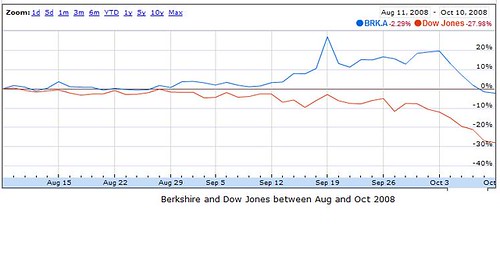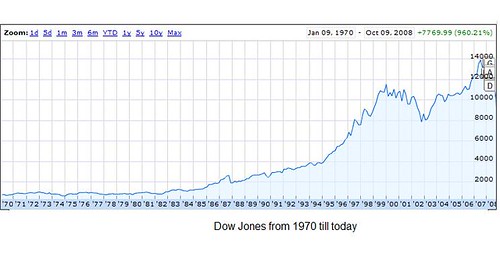Yesterday the US Treasury declared how it planned to spend the first few billions of the bail-out plan and it seems that they have turned away from their original plan of buying toxic assets from the banks and other financial institutions.
The original plan, or at least the most talked about solution by the Treasury, was that of buying toxic assets directly from the financial institutions at a price, which is higher than the market rate. But at least to start with, the treasury has not bought any toxic assets.
The Treasury still has about two-thirds of the $700 billion left, so they may still do it. But for now let’s take a look at what has been done so far.
Treasury to buy stock in more than a 1000 US banks
Yesterday the treasury declared that they are going to buy stock in more than a 1000 US banks and recapitalize them. This is more in line with what Europe is doing as well, which is going ahead with their own recapitalization plan of about $1.8 trillion.
Not surprisingly, none of the bigger banks were too keen on taking this money, because the first bank that would have taken the money would have taken a strong hit on its reputation.
The first bank that takes the bail-out money, implicitly accepts that it is in such a dire situation, that it is willing to sell a stake to the government. That will kill its reputation and it would not have been surprising to see people queuing up outside the bank to withdraw their deposits.
Secretary Paulson averted this situation with a clever move. He got the heads of the major banks together, and asked them to take the money, at once. That way, no single bank gets a major hit. the disbursements are proportionate to size, so no one can point any fingers on liquidity of any single bank.
This is how the money will be used:
- Citi and JP Morgan: $25 b
- Bank of America and Wells Fargo: $20 b
- Wells Fargo: Additional $5 b for Wachovia
- Bank of America: Additional $5 b for its purchase of Merril Lynch
- Goldman Sachs and Morgan Stanley: $10 b
- New York and State Street: $2 to 3 b
This is roughly $115 billion and then there will be some more to recapitalize the smaller banks as well.
In addition to this, the Federal Deposit Insurance Corporation (FDIC) will offer an unlimited guarantee on the bank deposits that do not get any interest. Typically such bank accounts are used to run businesses and this move aligns the FDIC policy with its European counterparts.
These are the first few steps of the American bailout plan and look at unclogging the financial arteries of the world. In the next few days the Treasury will announce the plan to spend the next few billions.


